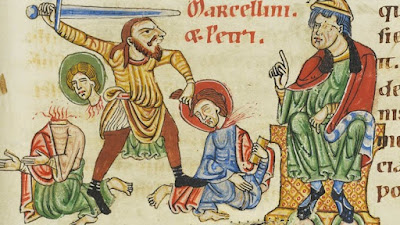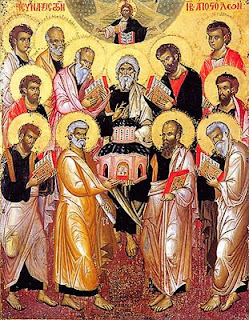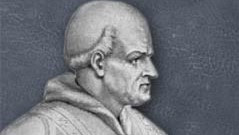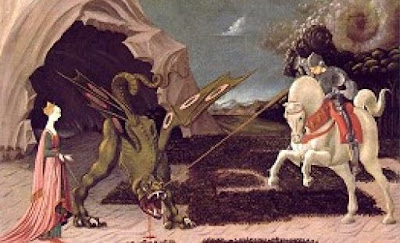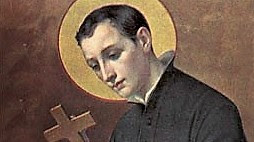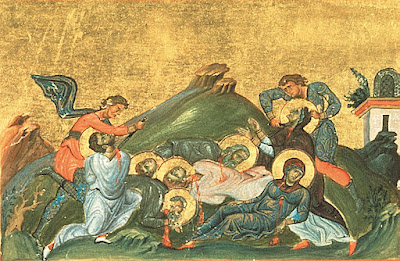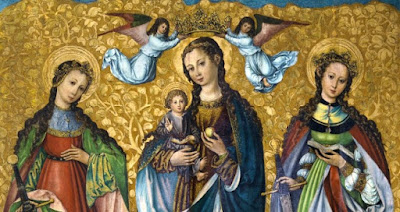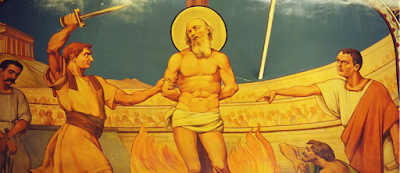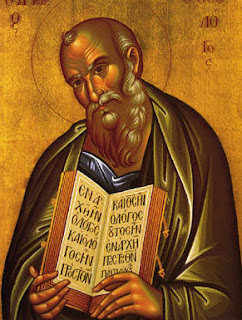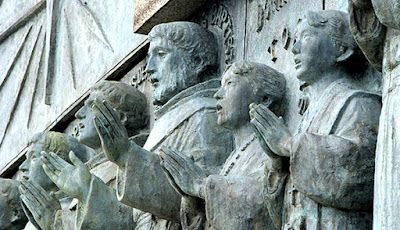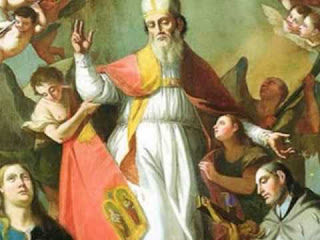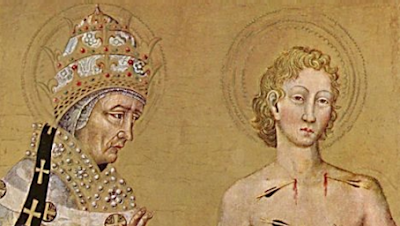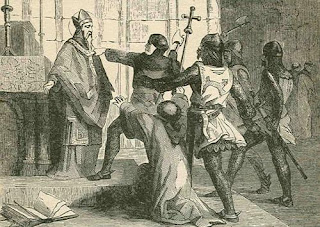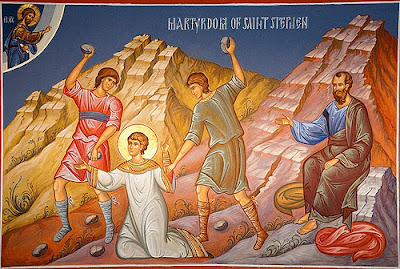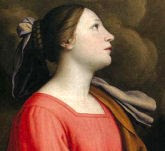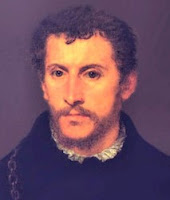St. Charles Lwanga and Companions, Ugandan Martyrs

For many of us, practicing our Catholic faith is a relatively safe thing to do. We may suffer some types of persecution in the form of harsh words or the ridicule of others, but seldom are we called upon to expressly give up our lives rather than renounce our faith in Christ and His teachings. That is perhaps why the example of martyrs reminds us of what faith can cost, and helps us avoid being complacent or taking for granted our own freedom to worship God as we see fit. Martyrdom is not something that ended with the reign of the Roman Emperor Constantine in the 4th century; it is a fact even in modern times. One such story of a martyr’s courage comes to us from the country of Uganda, where 22 men and young boys suffered violent deaths rather than submit to a ruler whose demands were contrary to what they devoutly believed to be the will of God. In the late 19th century, a group of priests from the Society of Missionaries of Africa—also known as the White Fathers because of the
